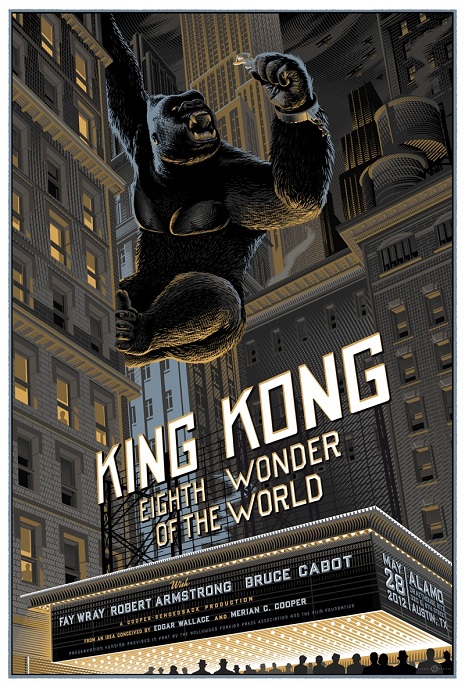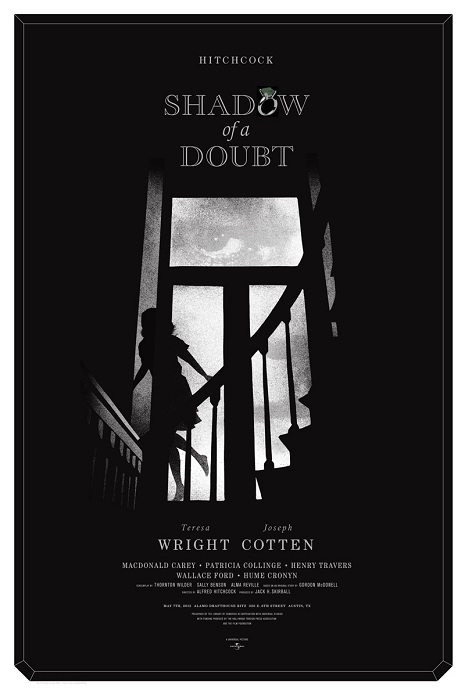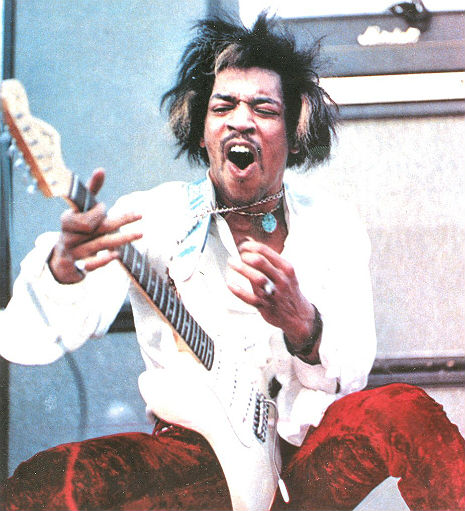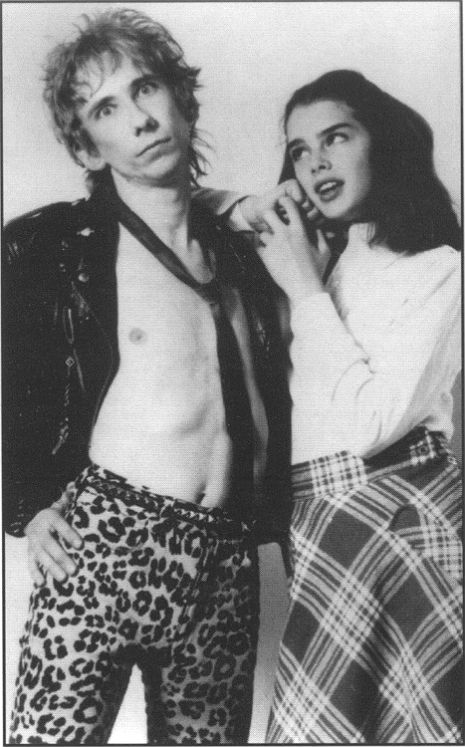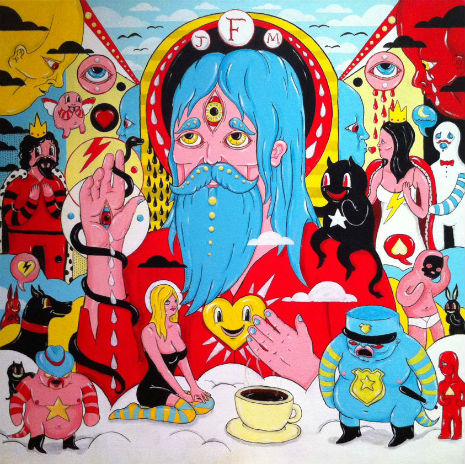
Art by Dimitri Drjuchin
Fear Fun, the album by “Father John Misty” that I’ve been raving about to everyone who I’ve had a conversation with about music, on this blog—and in the pages of this month’s PAPER magazine—since last fall, is finally out on Sub Pop Records. The “Father John Misty” moniker is a deliberately curious pseudonym for Josh Tillman, better known as the former drummer for Seattle-based folk rockers, Fleet Foxes.
“Misty,” he told me, “is a horny, drunk, shamanic drifter character offering you a cup of his home-brewed ayahuasca tea.”
Trying to describe music in words is like doing a sketch of a novel, but in a nutshell, here’s what you get with Fear Fun: Blenderize Physical Graffiti, Roy Orbison, Waylon Jennings, Nilsson, Loudon Wainwright III, Leonard Cohen, Neil Young and the Rollings Stones with Hermann Hesse, Charles Bukowski and Richard Brautigan. That’s what it tastes like.
Fear Fun is a striking, often inscrutable obelisk of a album, a multi-layered work with clever, sardonic “literary” lyrics. It’s something that deserves to be listened to all the way through, as if you’re reading a novel or watching a film. Fear Fun
has a dramatic arc and a certain resolution of tension by the end. The album was produced by the amazing Jonathan Wilson and engineered by Phil Ek on analog tape, so it sounds great. It’s a unique piece of art to unleash on an OCD world carrying iPods, but one that can be enjoyed in that context, too.
If this sounds intriguing—and I hope that it would—you can order Fear Fun via Amazon or pick it up at your local record emporium. There’s even a limited edition pink vinyl
version. The amazing cover painting is by talented New York-based painter, Dimitri Drjuchin.
Aaron Frank writes in the LA WEEKLY:
As we arrive at Tillman’s Econoline van parked a few blocks away [to smoke a joint], he explains his decision to release Fear Fun under the name Father John Misty, as opposed to J. Tillman, the moniker under which he’s released his previous solo albums. “In my mind, this J. Tillman person is a far more romanticized, fictionalized person to the world than this ridiculous name, Father John Misty,” he says. He goes on to explain how he felt distanced and trapped by his songwriting persona as he matured in his personal life.
“I wanted to bring my conversational voice and my musical voice in to alignment. The ridiculous name is about satisfying this morbid sense of humor I have that says ‘Maybe the most honest thing you can do is to just call yourself something stupid and say something real.’”
The name Father John Misty is partly a reference to cocaine, as in “Misty Mountain Hop,” and partly a reference to Tillman’s life-long exploration of religion and spirituality, which started with his evangelical upbringing in the suburbs of Washington D.C. Out of despair, Tillman considered becoming a pastor for a brief time during his youth. “I wasn’t good at sports. I wasn’t good at school. I didn’t see anything outside of Christian jobs,” he says. After becoming unglued from religion in his teens, “I was so angry and terrified that I’d been raised that way that, at some point, my number one mission became to make as big of a joke out it as I could.”
Father John Misty performs tomorrow, May 4th at the Natural History Museum in Los Angeles
Previously on Dangerous Minds:
Father John Misty: The Misguided Ayahuasca Tea Session






